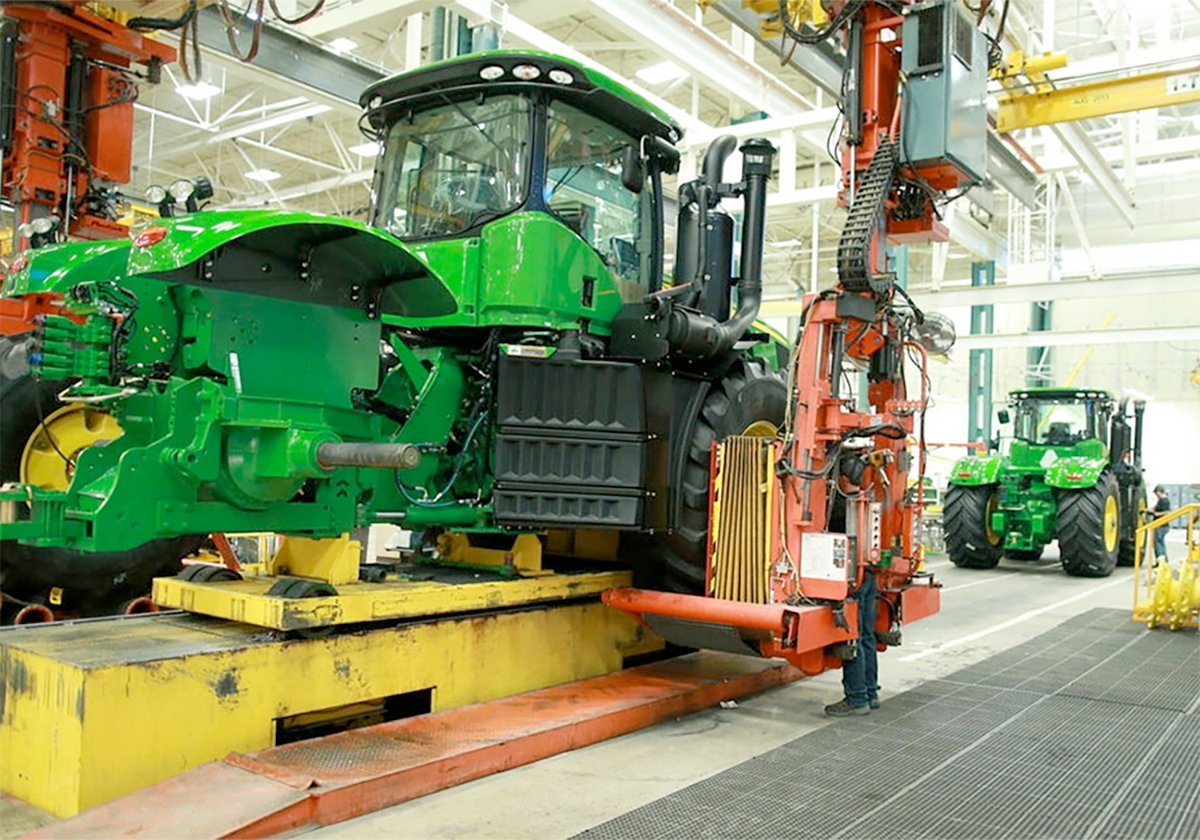Oral joint supplements have exploded into a multibillion dollar niche market for the horse industry in the past seven years.
They are supposed to work as an anti-inflammatory agent and supply additional building blocks for the formation and maintenance of normal joint cartilage. Ideally, this makes movement in the joint less painful.
These supplements are classified as nutraceuticals, which are sold under the premise of being a dietary supplement but also to treat or prevent disease.
Nutraceuticals are not required to list nutrient profiles, as are feeds, and aren’t required to undergo proper drug approval because they do not specifically state disease treatment or prevention on the label.
Read Also

Trump’s trade policies take their toll on Canadian producers
U.S. trade policy as dictated by president Donald Trump is hurting Canadian farmers in a multitude of ways.
The nutraceutical market is booming, although many products are not tested for safety or efficacy.
Only two substances now available as oral supplements for the treatment or prevention of joint disease have any scientific justification.
In a series of clinical cases of joint pain in horses, combinations of chondroitin sulfate and glucosamine improved lameness, flexion and stride length.
The research is sparse, but authors suggest that glucosamine modifies the disease process rather than acting as an analgesic.
Interestingly, joint supplementation in horses has stimulated interest for human use of the products.
In horses, product testing is sparse since efficacy and safety testing are not required to market a product, as long as the product does not have medicinal or performance-enhancing claims on the label or in the literature.
As a result, horse owners and their horses have become the subjects of experimentation.
Historically, science makes breakthroughs through careful observation rather than double-blind studies.
I have observed that horses do not “just” develop joint disease.
In the wild, horses that survive to maturity suffer few of the lameness problems of domestic horses, and live well into their 20s despite travelling 30 to 60 kilometres per day over variable terrain. Usually, they meet their end when their teeth wear out.
Structures such as the soft tissue surrounding the joints and the joints themselves are challenged by leverage, stresses and strains when the weight-bearing surface of the foot is no longer beneath the bony column and the shock absorbing qualities of the hoof are not functioning appropriately.
If this is so, then the addition of a daily “joint grease” would not return a horse’s feet to soundness, but merely treat the symptoms.














